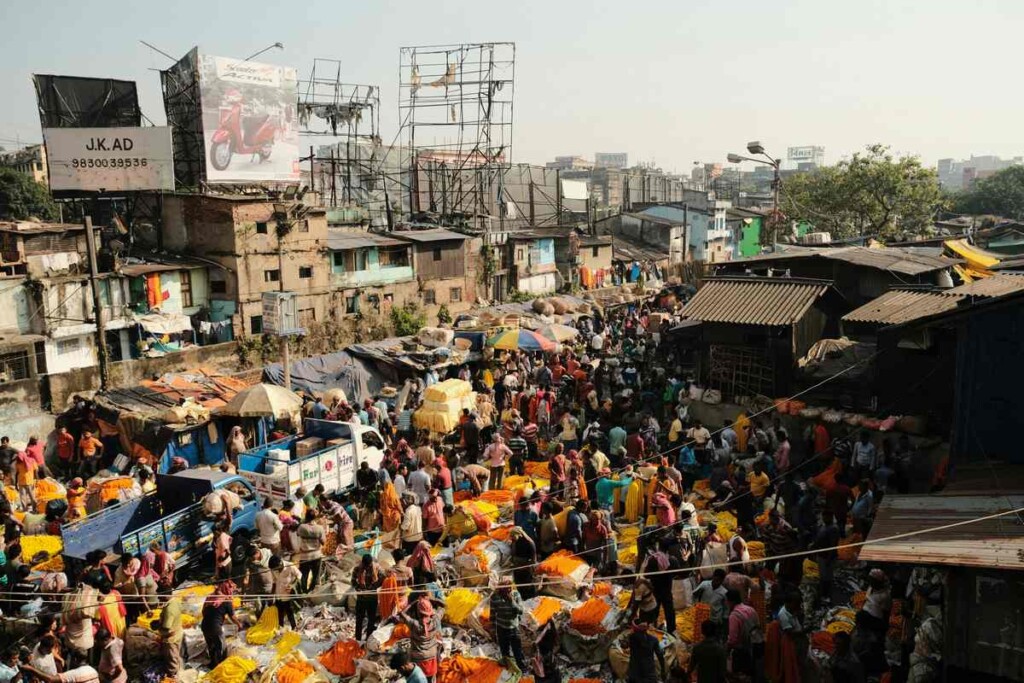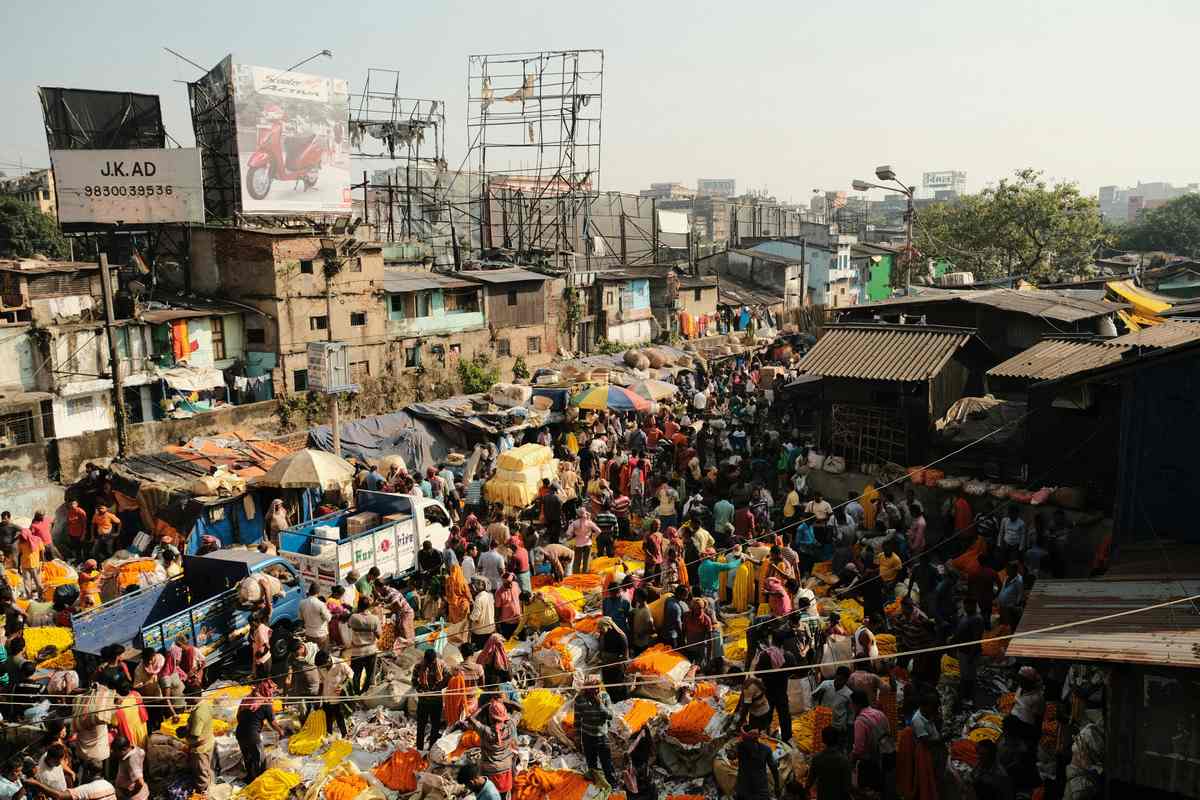
The images of Mother Theresa’s work in Calcutta gave many people the idea that post-independence India was a place of destitution and grinding poverty, but today it’s on course for one of the great economic miracles in history.
This gargantuan nation-state has reduced the official poverty level to below 5%, according to the consumer-expenditure survey conducted by the National Sample Survey Office (NSSO).
The last such survey was released a decade ago, and over the latest sample period, the office separated respondents into 20 different categories based on household income and found that the average per capita monthly expenditure in rural households is 3,773 rupees ($45) while in urban households it reaches 6,459 rupees ($78).
This is the lowest divide in monthly expenditure between urban and rural Indians ever recorded by the NSSO. Since the last survey, there has been a 2.5-fold increase in consumption in both urban and rural households, suggesting “significant progress” in alleviating poverty.
MORE POVERTY FALLING: The Unprecedented Decline in U.S. Child Poverty—Down 59% in 26 Years
Consumption is often used to measure strength and prosperity in modern economics. As a method it has major flaws, such as the ability to disguise underlying weaknesses, but the NSSO believes that their data indicates the fall of poverty in India to below 5%.
More granularly, the NSSO recorded a fall in spending on cereals and grains, and an increase in spending on fruit, vegetables, dairy products, and processed foods, showing an evolving dietary pattern indicative of more economic means available to the general public.
OTHER STORIES OF PROGRESS: New UN Treaty for the High Seas Finally Drafted After 17 Years of Debate on Language
While India contains several of the world’s largest cities, there are still 1.8 rural Indians for every 1 urbanite. If rural Indians were a country they would be the second most populous on Earth.
SHARE This Progress Progress Progress With Your Friends…




















